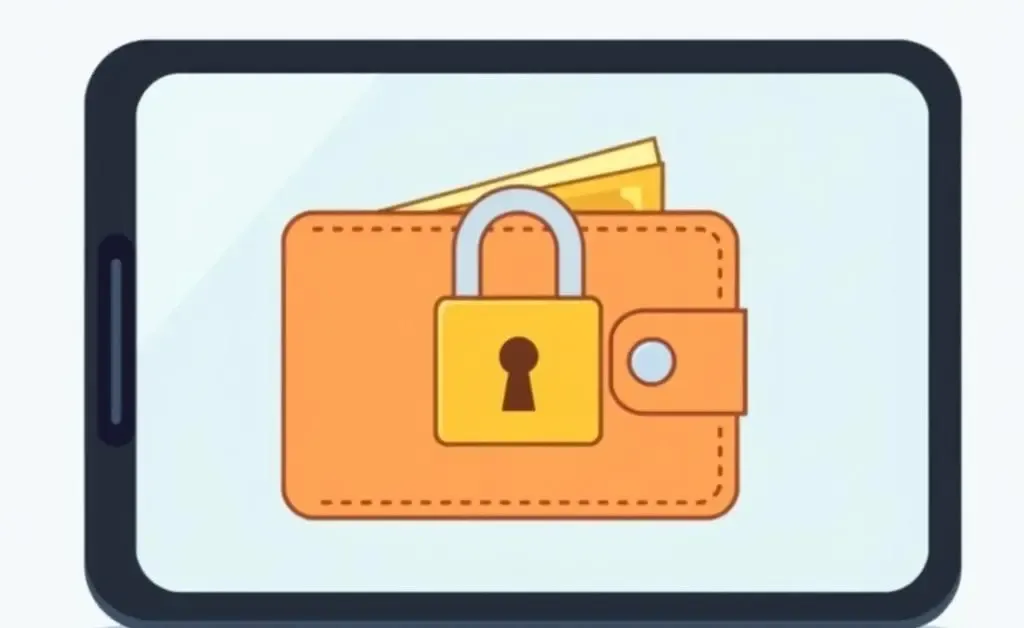Understanding Virtual Credit Cards: The Future of Secure Online Transactions
Explore the advantages of virtual credit cards and how they can protect your online purchases in this digital age.

Have you ever hesitated to enter your credit card details while shopping online, fearing that they could end up in the wrong hands? If so, you're not alone. Fortunately, there's a savvy solution waiting in your digital wallet—virtual credit cards.
What Exactly Are Virtual Credit Cards?
Virtual credit cards are digital versions of physical credit cards, designed to offer a more secure way to shop online. They generate a unique card number for each transaction or merchant, which acts as a buffer between your actual credit card details and potential cyber threats.
Why Consider Using a Virtual Credit Card?
You might wonder, 'What's the real benefit here?' Let's unravel a few key points:
- Enhanced Security: Since a virtual card doesn't reveal your real card number, the risk of theft is significantly reduced.
- Control Over Spending: With virtual cards, you can set spending limits, providing stronger financial oversight.
- Merchant-Specific Usage: Each virtual card can be locked to one merchant, reducing fraudulent use.
My friend Jake, a tech enthusiast, once shared his story of an unusual transaction popping up on his statement. That's when he discovered virtual credit cards. He immediately set them up and now shops online with peace of mind, knowing his financial data is more secure.
Setting Up a Virtual Credit Card: A Simple Process
You'd be surprised at how uncomplicated the setup is. Many banks and credit card companies offer virtual credit card services through their online platforms or apps. Here's a quick guide on how to get started:
- Log into your credit card account online or via the app.
- Navigate to the virtual card services section.
- Generate a virtual card number for your next purchase.
- Set your spending limit, expiration date, and usage restrictions.
Once you've done this, your online transactions can be safer and more controlled.
Are There Drawbacks?
While virtual credit cards offer numerous advantages, they can occasionally be a bit cumbersome for recurring payments. Since these numbers can expire, you might need to update your payment details more frequently.
Despite this minor inconvenience, the security benefits often outweigh the periodic hassle.
So, are virtual credit cards going to be part of your online security toolkit? How do you currently manage your online purchases securely?




